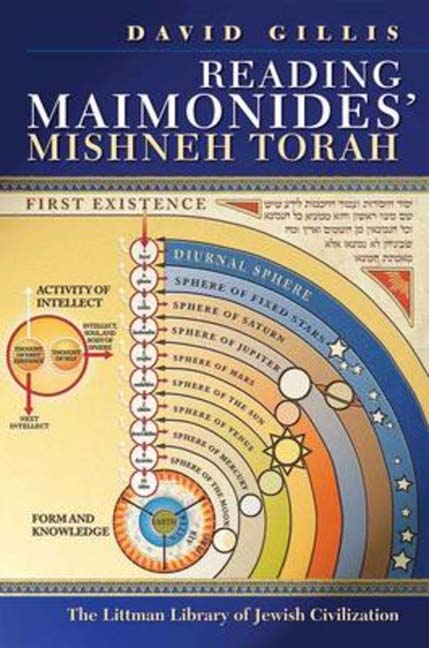Book contents
- Frontmatter
- Dedication
- Acknowledgements
- Contents
- List of Tables
- Note on Transliteration
- Note on Sources and Conventions
- Introduction: A Portrait of the Artist
- 1 In God’s Image
- 2 The ‘Great Thing’ and the ‘Small Thing’: Mishneh Torah as Microcosm
- 3 Emanation
- 4 Return
- 5 From Theory to History, via Midrash: A Commentary on ‘Laws of the Foundations of the Torah’, 6: 9 and 7: 3
- 6 Conclusion: Mishneh Torah as Parable
- Appendix I The Books and Sections of Mishneh Torah
- Appendix II The Philosophical Background
- Glossary
- Bibliography
- Index of Citations
- Index of Subjects
Introduction: A Portrait of the Artist
- Frontmatter
- Dedication
- Acknowledgements
- Contents
- List of Tables
- Note on Transliteration
- Note on Sources and Conventions
- Introduction: A Portrait of the Artist
- 1 In God’s Image
- 2 The ‘Great Thing’ and the ‘Small Thing’: Mishneh Torah as Microcosm
- 3 Emanation
- 4 Return
- 5 From Theory to History, via Midrash: A Commentary on ‘Laws of the Foundations of the Torah’, 6: 9 and 7: 3
- 6 Conclusion: Mishneh Torah as Parable
- Appendix I The Books and Sections of Mishneh Torah
- Appendix II The Philosophical Background
- Glossary
- Bibliography
- Index of Citations
- Index of Subjects
Summary
THE PREMISE of Maimonides’ code of law, Mishneh torah, is that a human being's purpose is to know God. It opens with the recognition of God’s existence; it closes with Isaiah's messianic promise: ‘For the earth shall be full of the knowledge of God as the waters cover the sea.’ That is the ultimate aim of all the ritual and civil laws that it prescribes. This book's theme is that Mishneh torah's form is true to its aim; Maimonides shapes the law's prescriptions for action into an object of contemplation, a work of art itself designed to convey the knowledge of God.
Many have remarked on Mishneh torah's artistic qualities; their views will be surveyed shortly. Such qualities have largely been seen, however, as an accident of the order and clarity that Maimonides produced out of the unruly mass of rabbinic legal literature in composing the first complete code of Jewish law. The contention in this study is that the art is of the essence, so that the code's form is a key to understanding it.
The Cosmic Model
Mishneh torah is one of the most closely scrutinized texts in the Jewish canon, yet its most basic formal features have eluded explanation. Why does it have fourteen books? Why are the books ordered as they are?
These features do seem to call for explanation, if only because of the way that the author draws attention to them. ‘And I saw fit to divide this composition into fourteen books’, he announces in his introduction to the work, prompting one to ask, ‘Why that number and no other?’ Did the commandments of the law just happen to fall into fourteen major categories, or was the number perhaps premeditated?
There follows a scheme of the fourteen books, with a synopsis of each. The scheme was not obvious. In the introduction to The Book of the Commandments, an annotated listing of the Torah's 613 commandments compiled in preparation for writing Mishneh torah, Maimonides discusses his plans for a code, and confides: ‘I turned over in my mind how this composition should be divided and how its sections should be ordered.’ In the end, he tells us, he settled on a method of classification by topic. This is one respect in which Maimonides declared his model to be the Mishnah, yet his code deviates from the mishnaic order.
- Type
- Chapter
- Information
- Reading Maimonides' Mishneh Torah , pp. 1 - 79Publisher: Liverpool University PressPrint publication year: 2015



